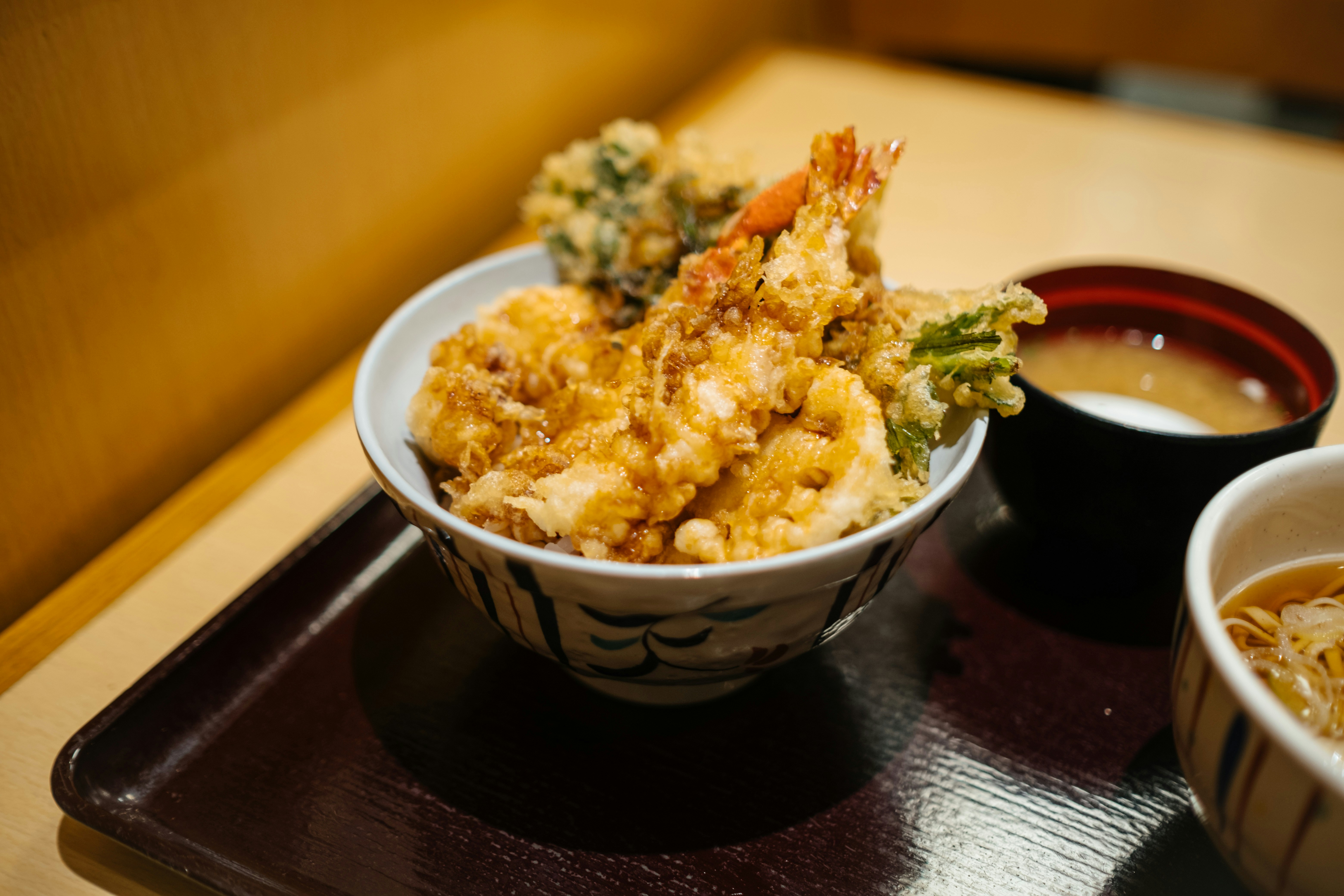Cooking with Flowers: An Exciting Culinary Adventure
Flowers have always been admired for their beauty and fragrance. However, their potential in the culinary world is often overlooked. This article explores the innovative ways that flowers can be used in cooking and the unique flavors they bring to the table.

A Blooming Delicacy
Cooking with flowers is an ancient practice that is making a comeback in modern cuisine. From salads and desserts to beverages and main courses, flowers can add a unique twist to any dish. While roses, violets, and nasturtiums are more commonly known edible flowers, others like marigold, hibiscus, and dandelion also offer an exciting culinary experience. With their diverse flavors ranging from sweet and fragrant to spicy and tangy, flowers can add a layer of complexity to a dish.
Choosing the Right Flowers
Not all flowers are safe to eat. It’s crucial to do your research and ensure that the flowers you choose are not only edible but also grown without harmful chemicals. Stick to organically grown flowers or those specifically grown for culinary purposes. The flavor of flowers can vary greatly - lavender and lilacs have a sweet, floral taste, while nasturtiums and chives blossom offer a peppery kick.
Culinary Techniques with Flowers
Flowers can be used in a variety of ways in the kitchen. They can be used fresh in salads, infused in drinks, or used as a garnish. Flowers can also be candied, fried, or infused into oils and vinegars. One of the most popular techniques is making flower-infused syrups that can be used in cocktails, desserts, or poured over pancakes.
Flowers and Nutrition
Flowers aren’t just a pretty addition to your plate; they’re packed with nutrition too. Many edible flowers are high in vitamins A and C, and some also contain potent antioxidants. For example, roses are rich in Vitamin C, while dandelions are a good source of Vitamin A and Vitamin K.
Flowers in Mixology
Flower-infused cocktails are a trend that’s here to stay. Bartenders are using flowers to add depth and a visual appeal to their concoctions. Whether it’s a hibiscus-infused margarita or a lavender gin and tonic, these floral drinks are a hit among patrons.
-
Flowers can be used fresh, dried, or as infusions in cooking
-
Always ensure the flowers are safe to eat and free from harmful chemicals
-
Each flower has a unique flavor profile, from sweet and floral to spicy and tangy
-
Flowers are not just tasty but also packed with nutrients
-
Flower-infused cocktails are a popular trend in mixology
The Final Petal
Incorporating flowers into your cooking can bring a whole new dimension to your meals. They offer a unique blend of flavors, aesthetic appeal, and nutritional benefits. So, the next time you’re in the kitchen, why not experiment with some floral elements? After all, cooking is an art, and what better way to express it than with the vibrant colors and delicate flavors of flowers.
